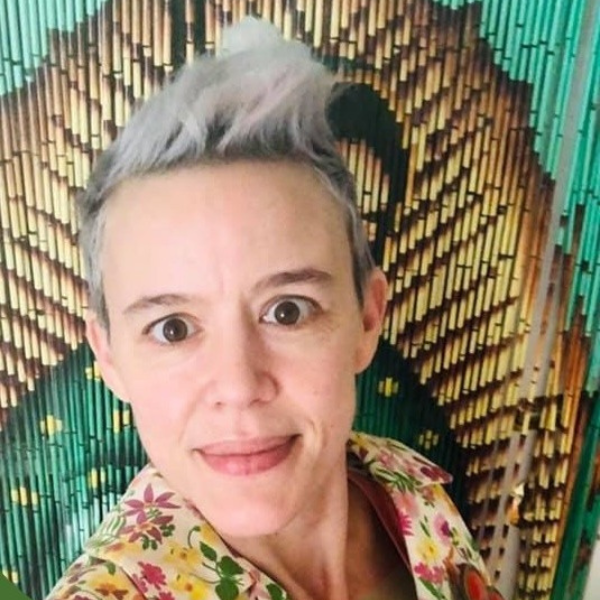The Transparency and Openness Promotion Guidelines (TOP) is a policy framework for advancing open science practices. Specifically, TOP includes practices that are intended to increase the verifiability of empirical research claims.
Updated in 2025, TOP includes seven Research Practices, two Verification Practices, and four Verification Study types. These components provide recommendations for both researchers and policymakers. Researchers can look to TOP for recommended steps they could take to improve the verifiability of their claims. Policymakers at journals, publishers, funders, and institutions can look to TOP for recommended language and actions for advancing research. Journals select which of the seven TOP Research Practices transparency standards they wish to implement and select a level of implementation for each. These features provide flexibility for adoption depending on disciplinary variation, but simultaneously establish community standards. TOP 2015 (OA) included eight policy recommendations and was updated to reflect feedback from journal implementers.
Research Practices: Study Registration | Study Protocol | Analysis Plan | Materials Transparency | Analysis Code Transparency | Data Transparency | Reporting Transparency
Levels: Disclose, Share and Cite, or Certify
Verification Practices: Results Transparency | Computational Transparency
Verification Studies: Replication | Registered Reports | Multiverse | Many Analysts
| Research Practices | |||
| Practice | Level 1: Disclosed | Level 2: Shared and Cited | Level 3: Certified |
| Study Registration |
Authors stated whether or not a study was registered—and, if so, where and when it was registered. | Researchers registered the study and cited the registration. | A party independent from the researchers certified that the study was registered at an appropriate time and the registration was complete per best-practice for the study design. |
| Study Protocol |
Authors stated whether or not the study protocol is available—and, if so, where and when it was shared. | Researchers publicly shared the study protocol and cited the protocol. | A party independent from the researchers certified that the study protocol was shared at an appropriate time and the study protocol was complete per best-practice for the study design. |
| Analysis Plan |
Authors stated whether or not the analysis plan is available—and, if so, where and when it was shared. | Researchers publicly shared the analysis plan and cited the analysis plan. | A party independent from the researchers certified that the analysis plan was shared at an appropriate time and the analysis plan was complete per best- practice for the study design. |
| Materials Transparency | Authors stated whether or not materials are available—and, if so, where. | Researchers cited materials deposited in a trusted repository by themselves or others. | A party independent from the researchers certified that materials were deposited and documented per best-practice for the type of materials. |
| Data Transparency |
Authors stated whether or not data are available—and, if so, where. | Researchers cited data deposited in a trusted repository by themselves or others. | A party independent from the researchers certified that data were deposited with metadata per best- practice for the type of data. |
| Analytic Code Transparency |
Authors stated whether or not analytic code is available—and, if so, where. | Researchers cited analytic code deposited in a trusted repository by themselves or others. | A party independent from the researchers certified that analytic code was deposited and documented per relevant best-practice. |
| Reporting Transparency | Authors stated whether or not they used a reporting guideline—and, if so, which guideline. | Authors publicly shared a completed reporting guideline checklist and cited the reporting guideline. | A party independent from the researchers certified that the researchers adhered to the appropriate reporting guideline for the study design. |
| Verification Practices | |
| Practice | Definition |
| Results Transparency | A party independent from the researchers verified that results have not been reported selectively based on the nature of the findings. To verify, the independent party can check that the study registration, protocol, and analysis plan match the final report–and the final report acknowledges any deviations. |
| Computational Reproducibility | A party independent from the researchers verified that reported results reproduce using the same data and following the same computational procedures. To verify, the independent party can check that they obtain the same results using data and code deposited in a trusted repository. |
| Verification Studies | |
| Study Type | Definition |
| Replication | A study that aims to provide diagnostic evidence about claims from a prior study by repeating the original study procedures in a new sample. |
| Registered Report | A registered study in which a study protocol and analysis plan are peer reviewed, and the study is pre-accepted by a publication outlet, before the research is undertaken. |
| Multiverse | A study in which a single research team examines the research question of interest across different, reasonable choices for processing and analyzing the same data. |
| Many Analyst | A study in which independent analysis teams conduct plausible alternative analyses of a research question on the same dataset. |
The TOP Guidelines are a community-driven and evolving effort, changing to meet the needs of the community while pursuing the most transparent practices. The TOP Advisory Board is charged with the ongoing maintenance and outreach for the Guidelines. It encourages adoption and implementation of the Guidelines through education, communication, and outreach. The Board will evaluate adoption and effectiveness of the Guidelines and use this information, along with feedback from the stakeholder community, to improve them. Bylaws for the Advisory Board can be found here.

University of Chester | Chair | 2024 - 2026

Vice Chair | ASAPbio | 2025 - 2027

West and Central African Research and Education Network (WACREN) | 2025 - 2027

University of New South Wales (UNSW) | 2024 - 2026

University of Oxford | 2024 - 2026

Grand Valley State University | 2023 - 2025

University of Oregon | 2023 - 2025

Algiers University | 2025 - 2027

Public Library of Science (PLOS) | 2023 - 2025

Annecy Behavioral Science Lab | 2025 - 2027

University of Pittsburgh / NASA TOPS Program | 2025 - 2027

University of New South Wales (UNSW) | 2024 - 2026

Universidad Nacional Autónoma de México (UNAM) | 2023 - 2025

University of New Mexico | 2024 - 2026

Cardiff University Brain Research Imaging Centre (CUBRIC) | 2025 - 2027

University of Limerick | 2023 - 2025

Universidade Federal do Rio Grande do Su (UFRGS) | 2024 - 2026
TOP Factor was a project by COS to evaluate journal policies based on the original TOP 2015 framework. Over 3,000 journals policies were scored based on the evaluation rubric and the data is available for download. There are no current plans to update TOP Factor to 2025 but are leaving up the original interface as a useful tool to search policies from different disciplines.
With over 5,000 signatories, the TOP Guidelines are a widely used tool for implementing open science practices.
Journal signatories have expressed their support of the principles of openness, transparency, and reproducibility, expressing interest in the guidelines and commit to conducting a review within a year of the standards and levels of adoption.
Organization signatories have expressed their support of the principles of openness, transparency, and reproducibility and encouraging associated journals to conduct a review of the standards and levels of adoption.
As of 2020, we are no longer adding signatories to this list as we focus on implementation of the policies covered in TOP.
For inquiries, please contact David Mellor or email top@cos.io.

6218 Georgia Avenue NW, Suite #1, Unit 3189
Washington, DC 20011
Email: contact@cos.io

Unless otherwise noted, this site is licensed under a Creative Commons Attribution 4.0 International (CC BY 4.0) License.
Responsible stewards of your support
COS has earned top recognition from Charity Navigator and Candid (formerly GuideStar) for our financial transparency and accountability to our mission. COS and the OSF were also awarded SOC2 accreditation in 2023 after an independent assessment of our security and procedures by the American Institute of CPAs (AICPA).
We invite all of our sponsors, partners, and members of the community to learn more about how our organization operates, our impact, our financial performance, and our nonprofit status.